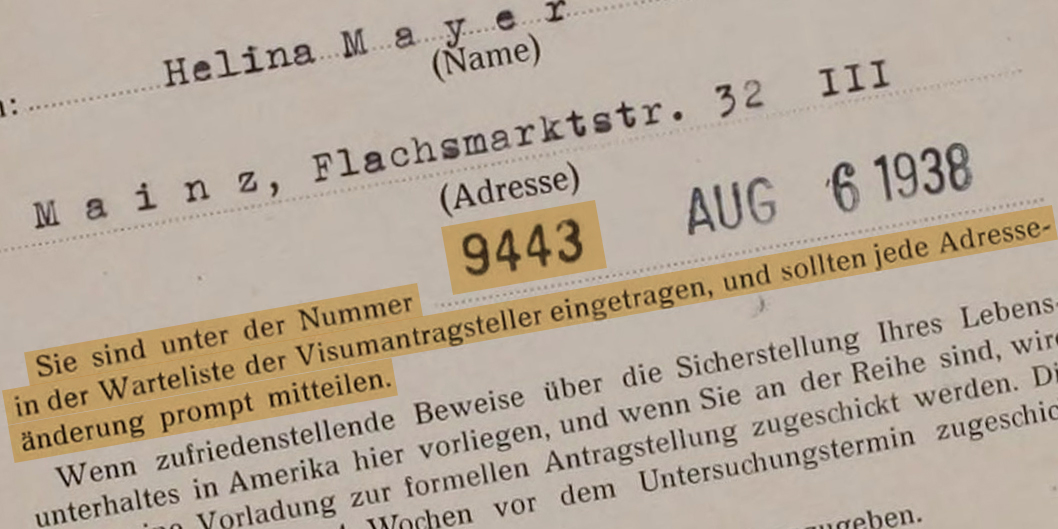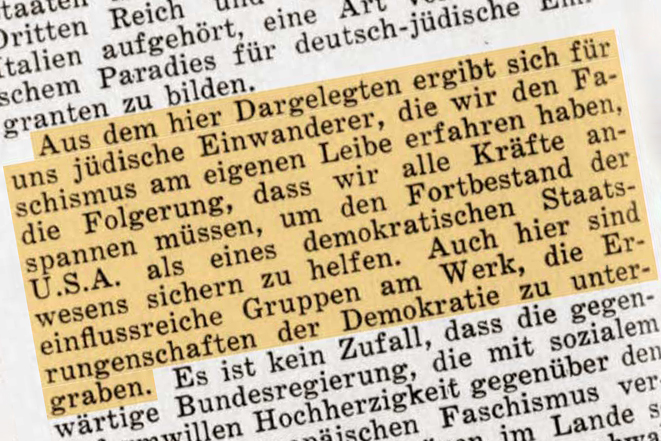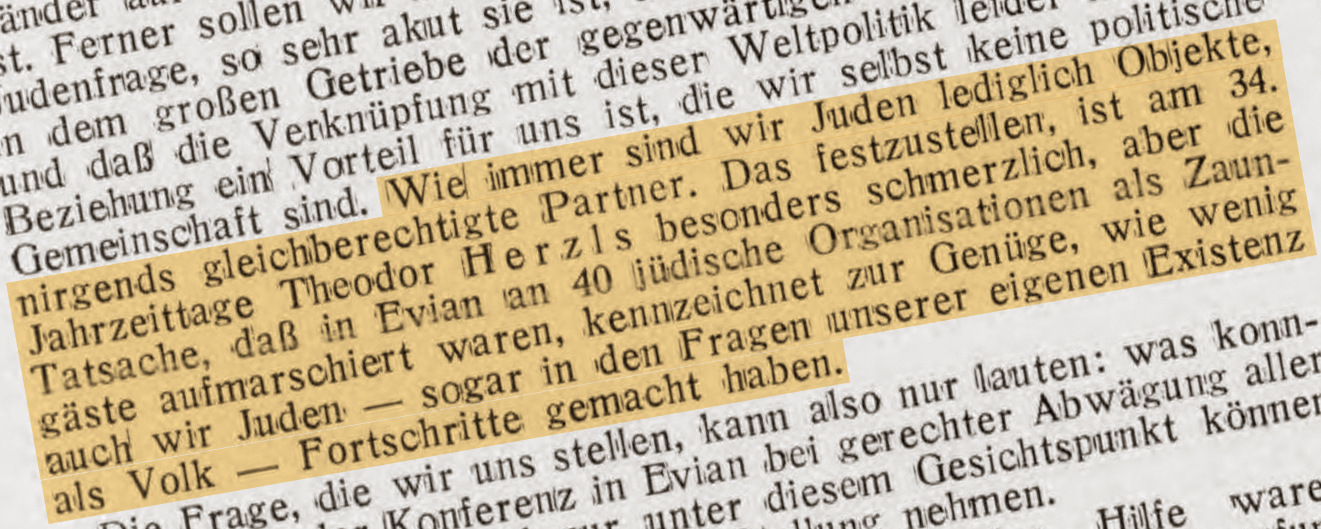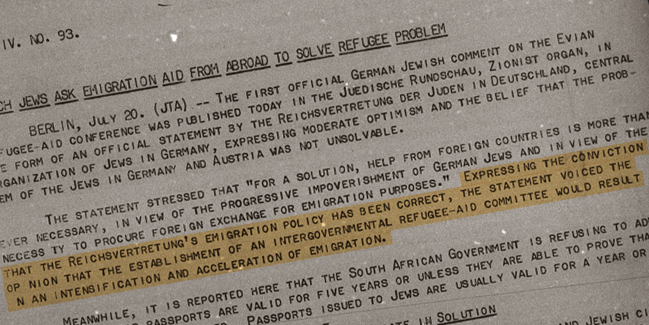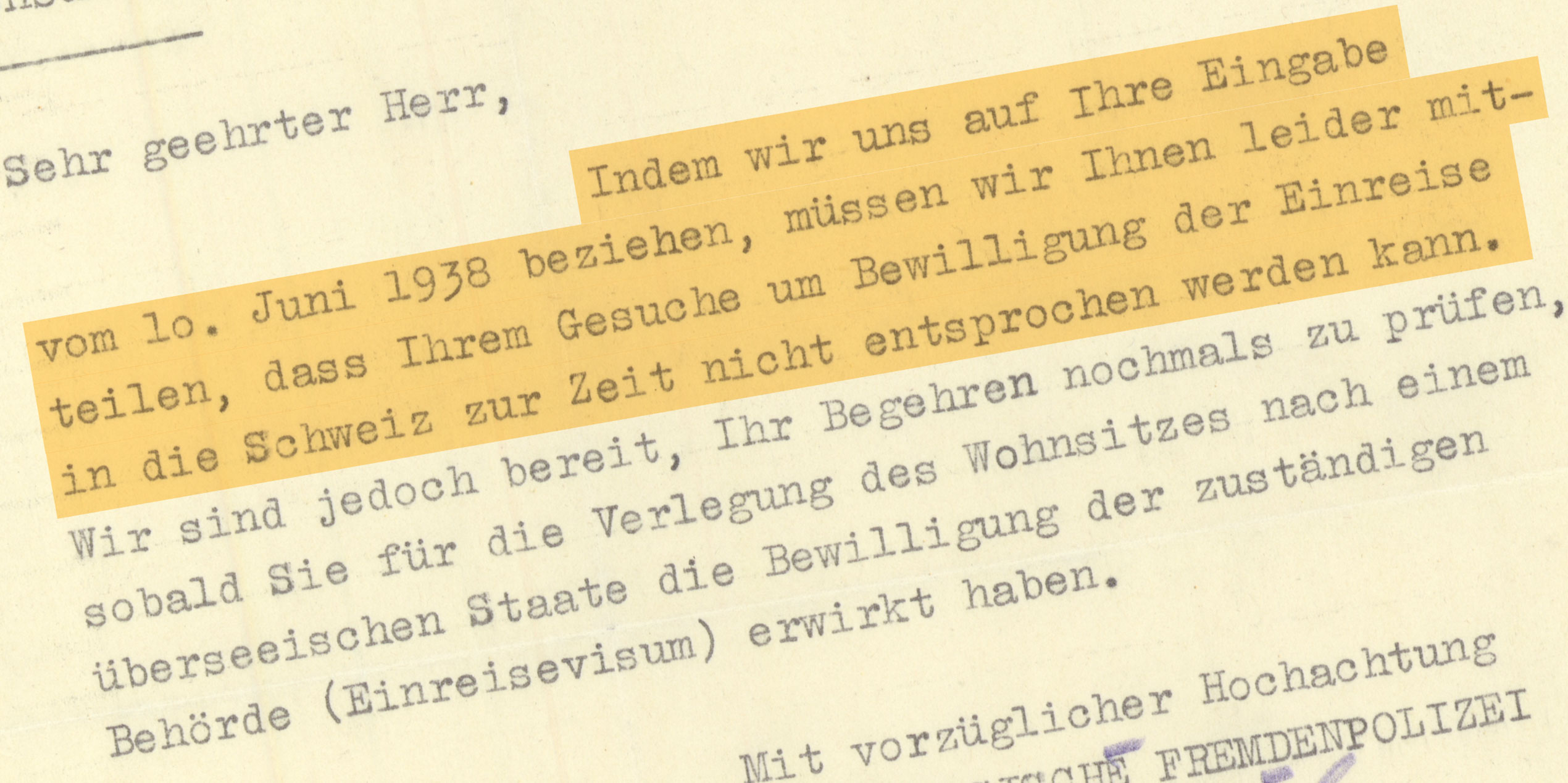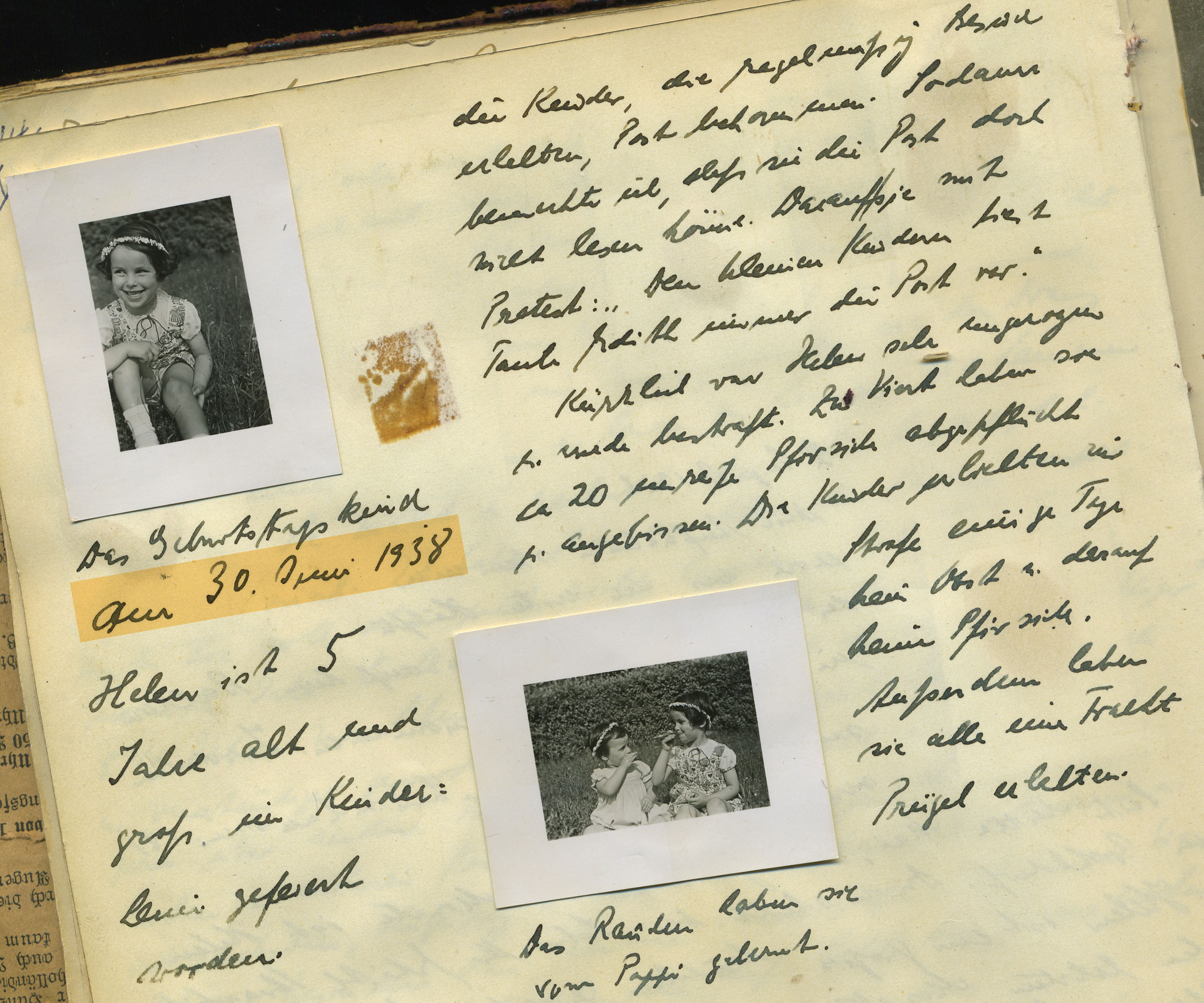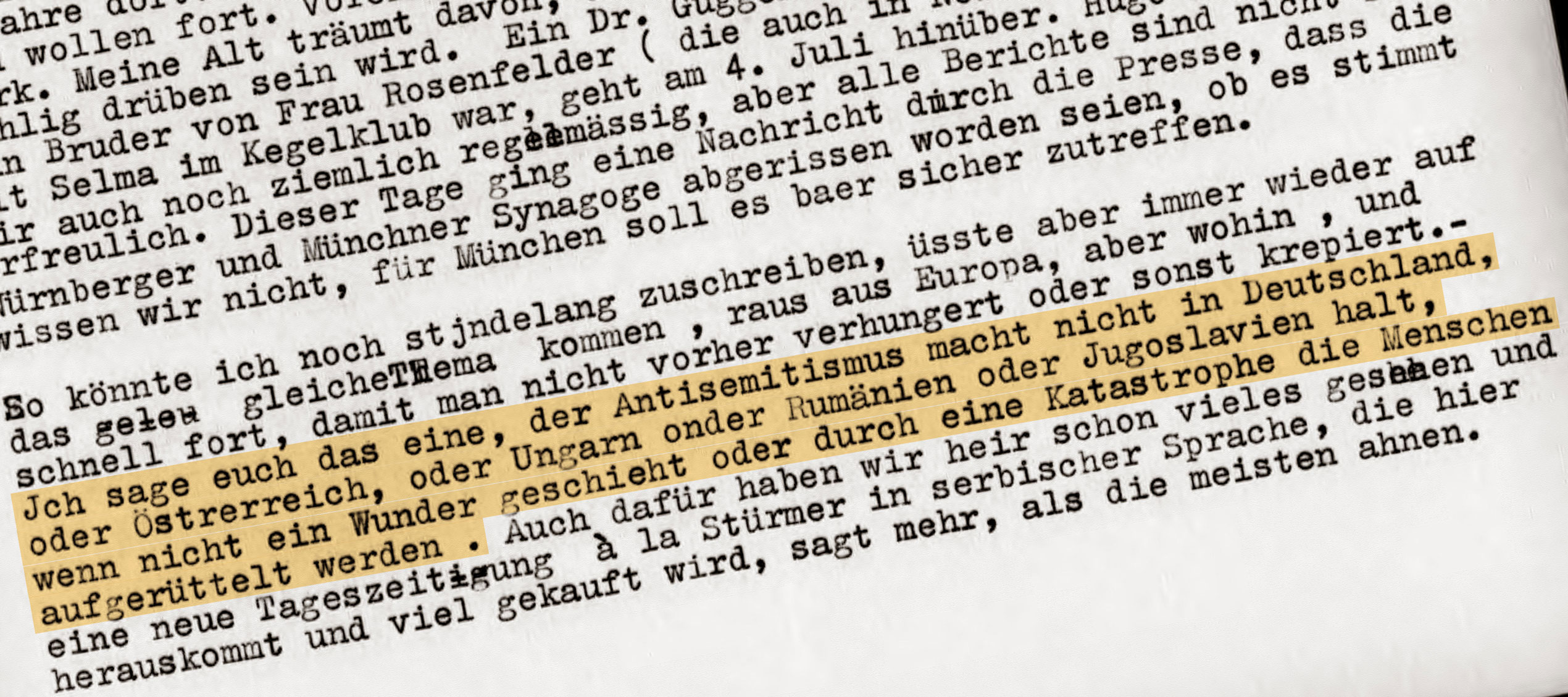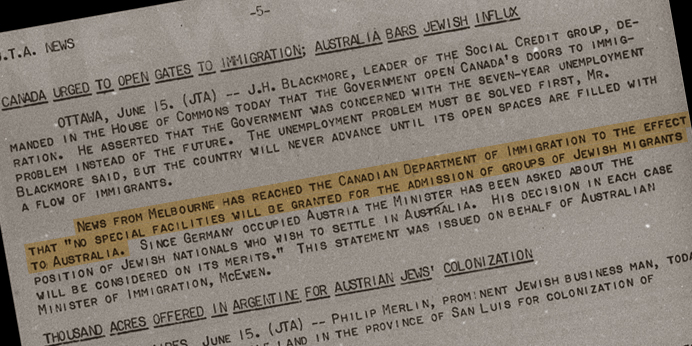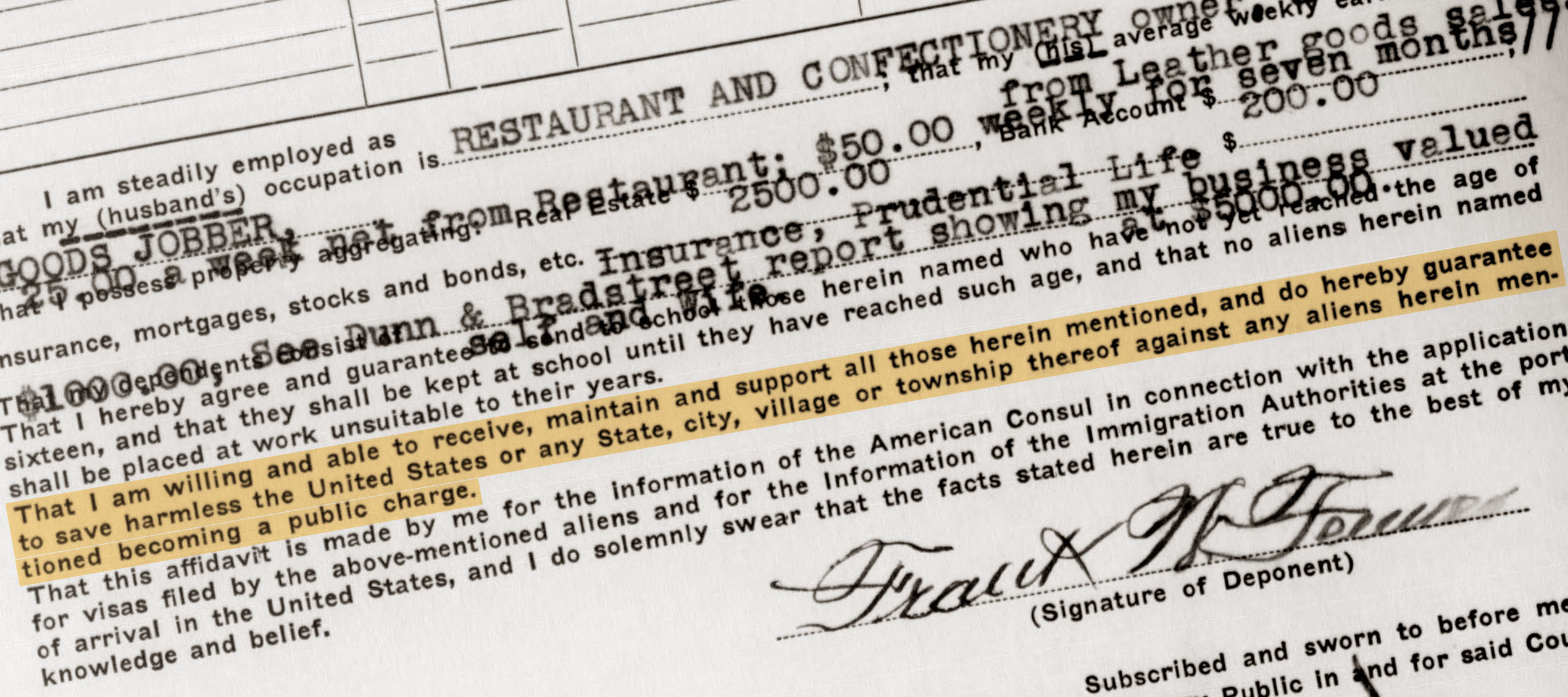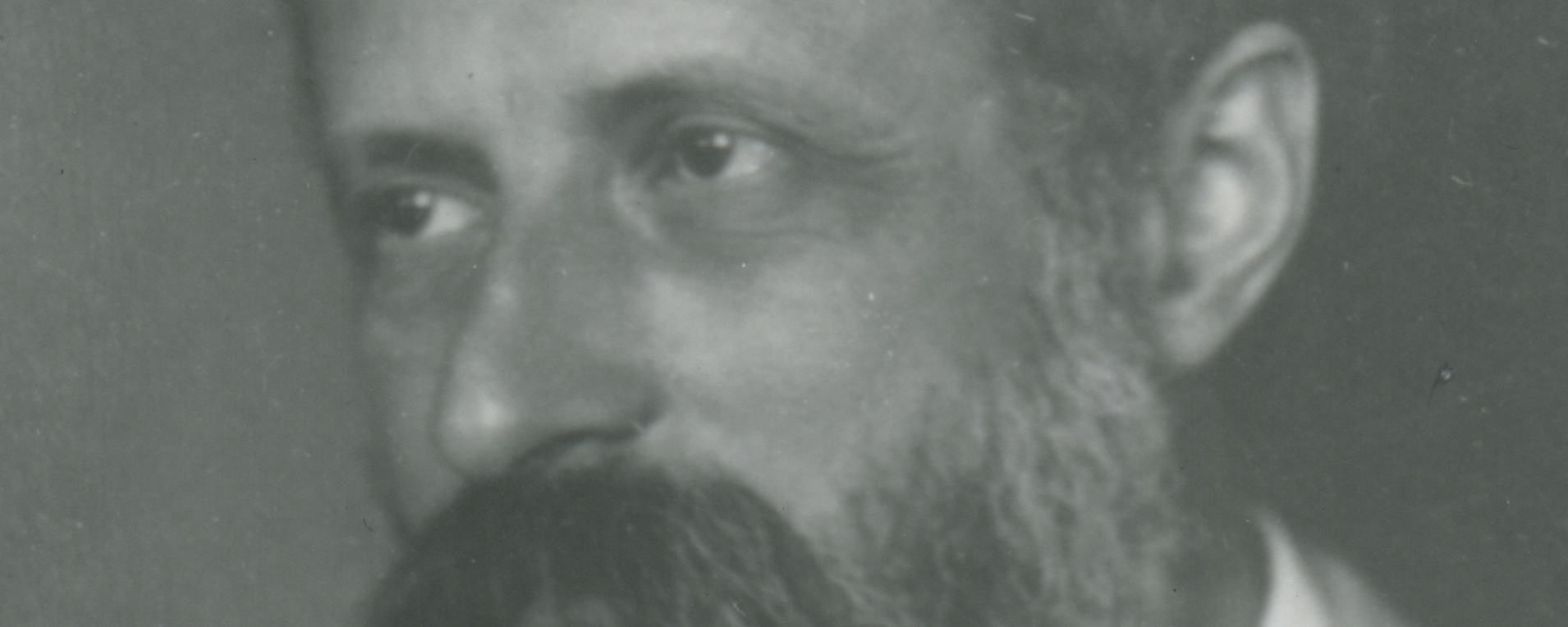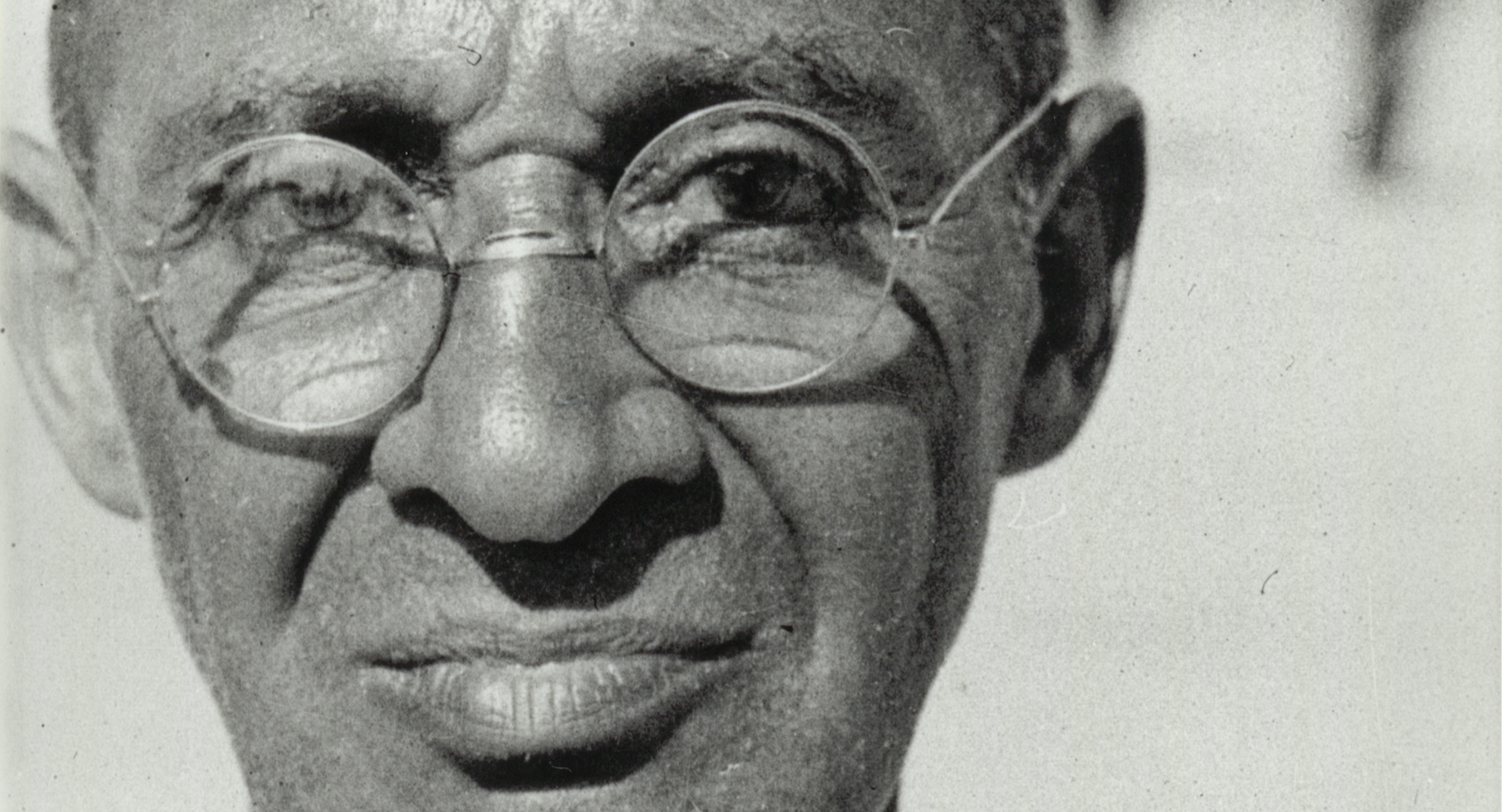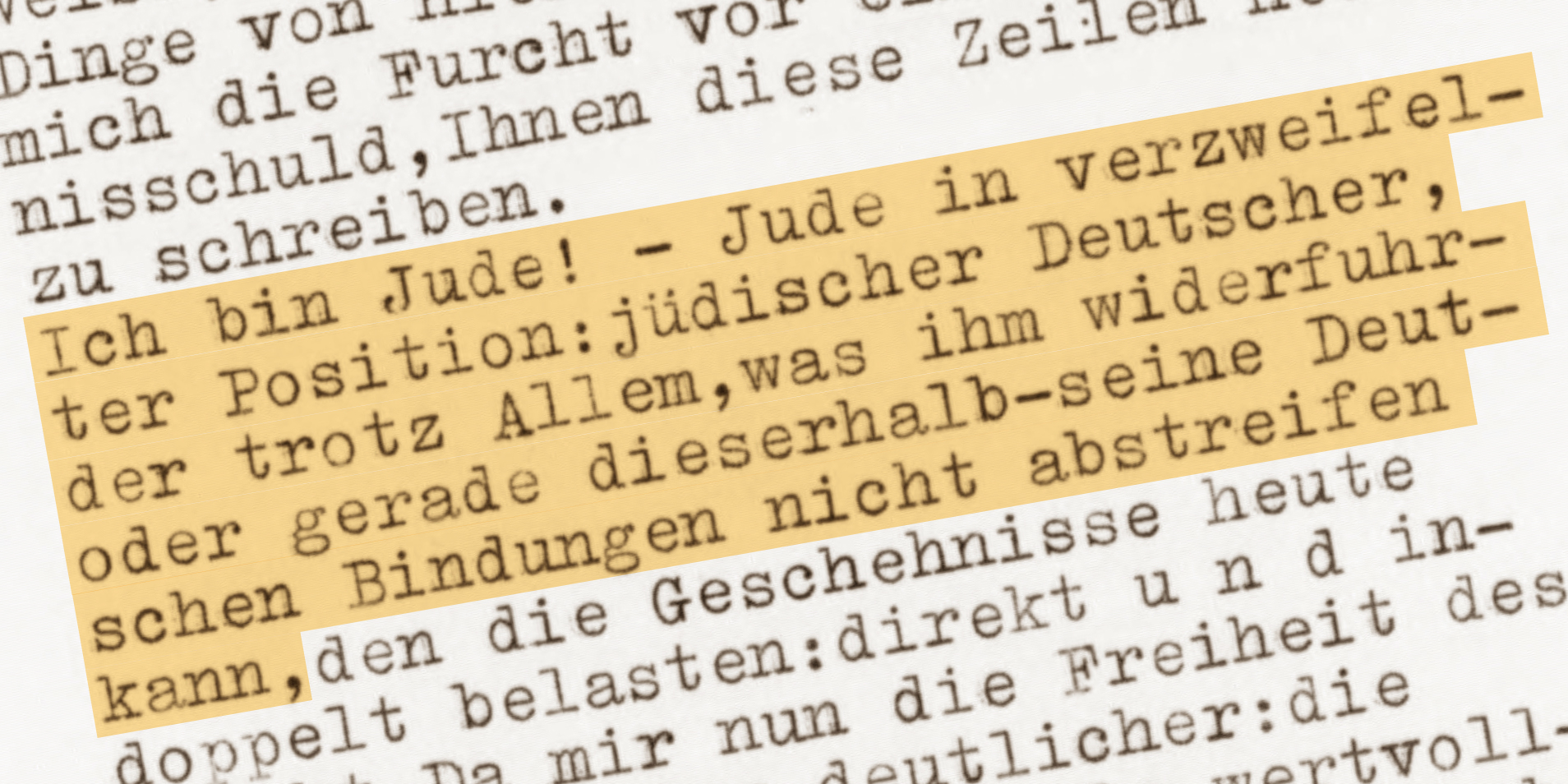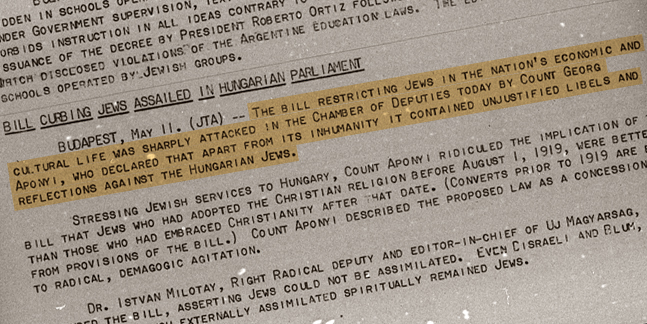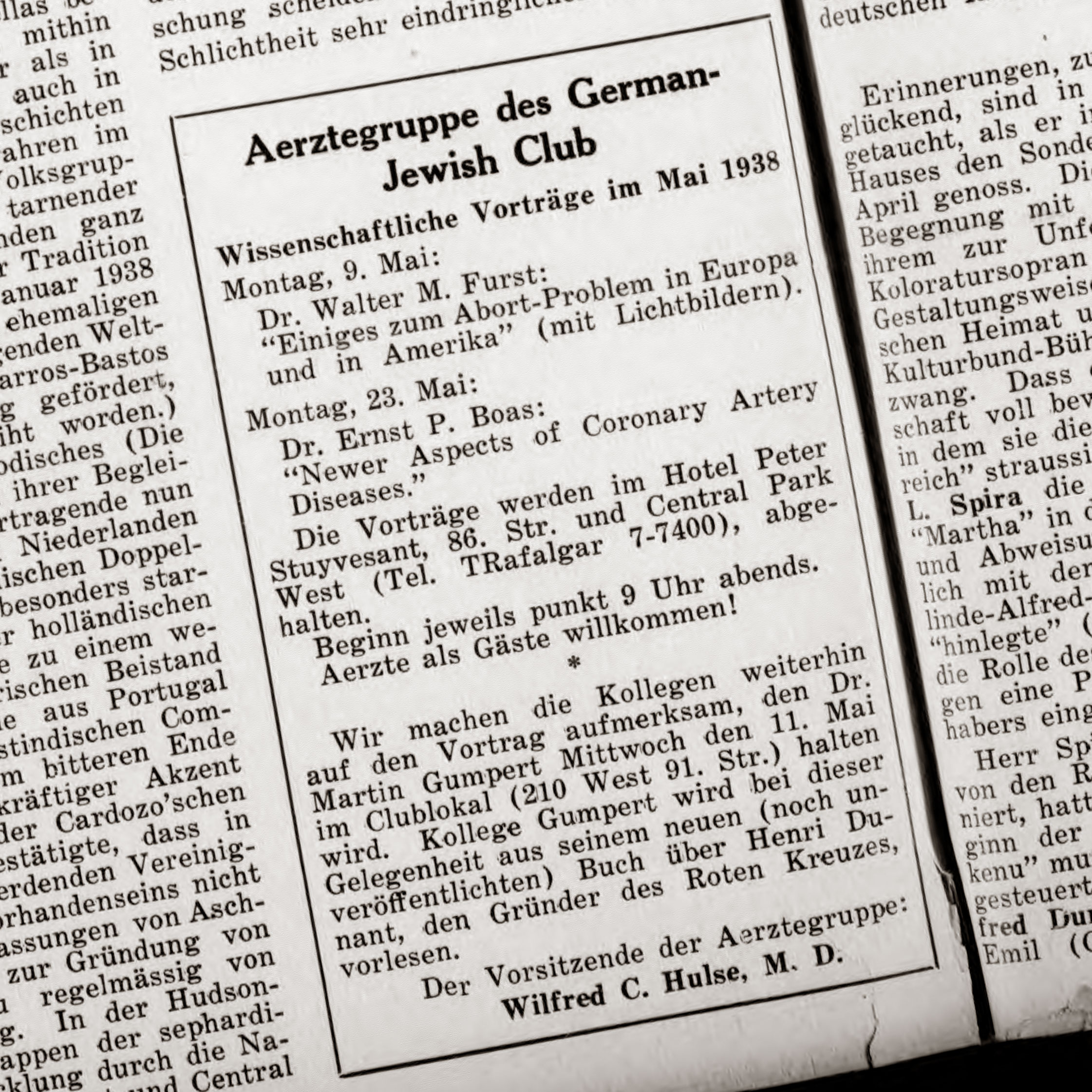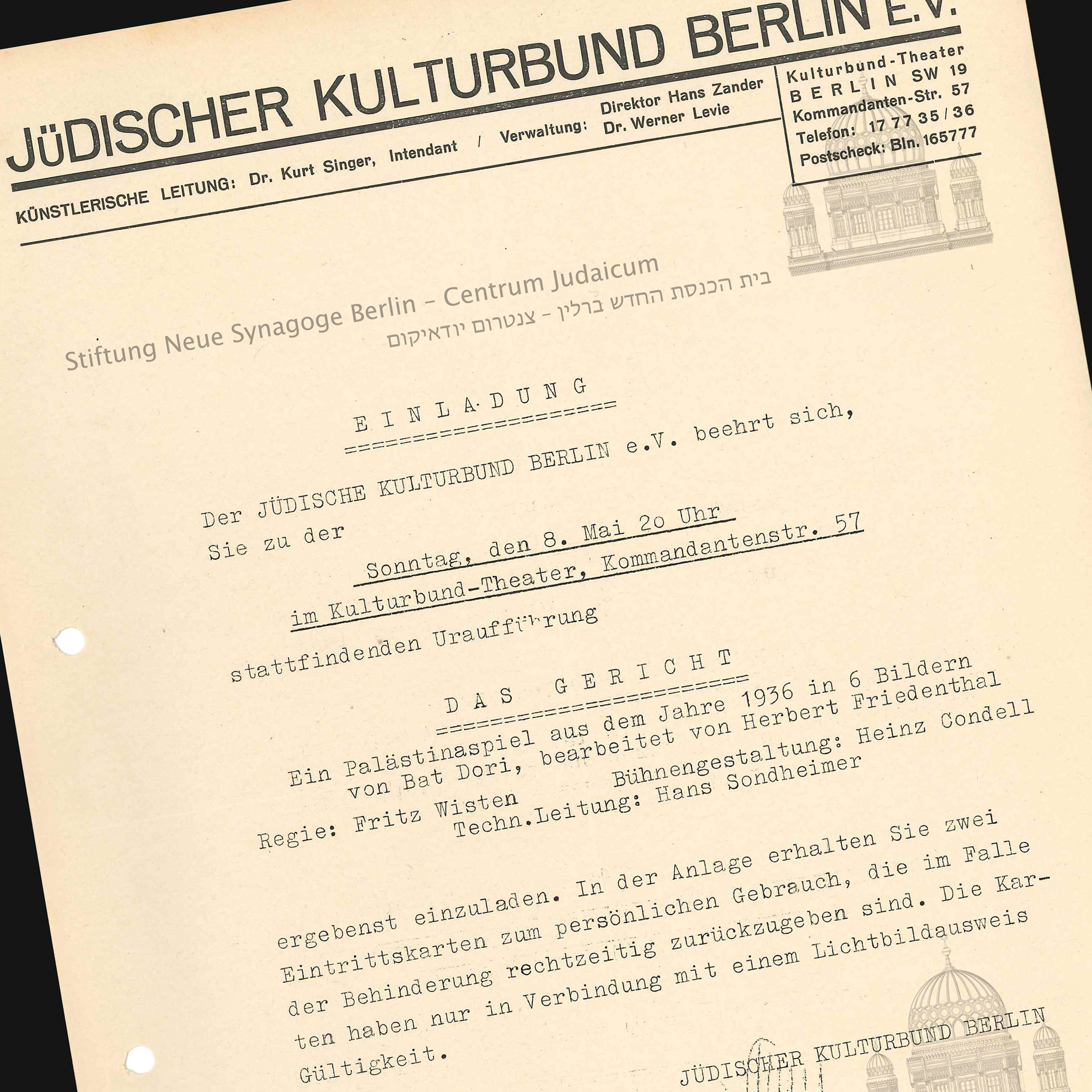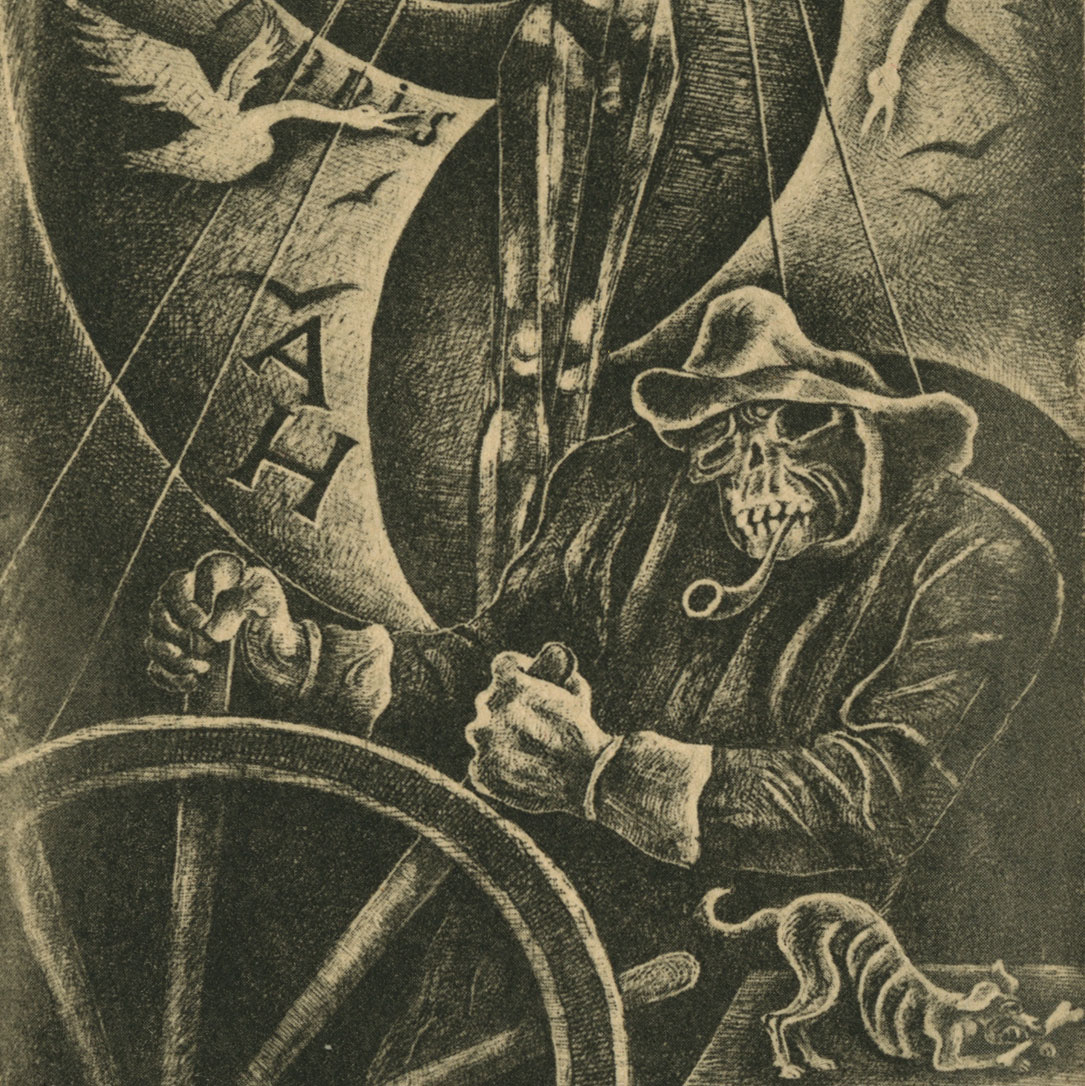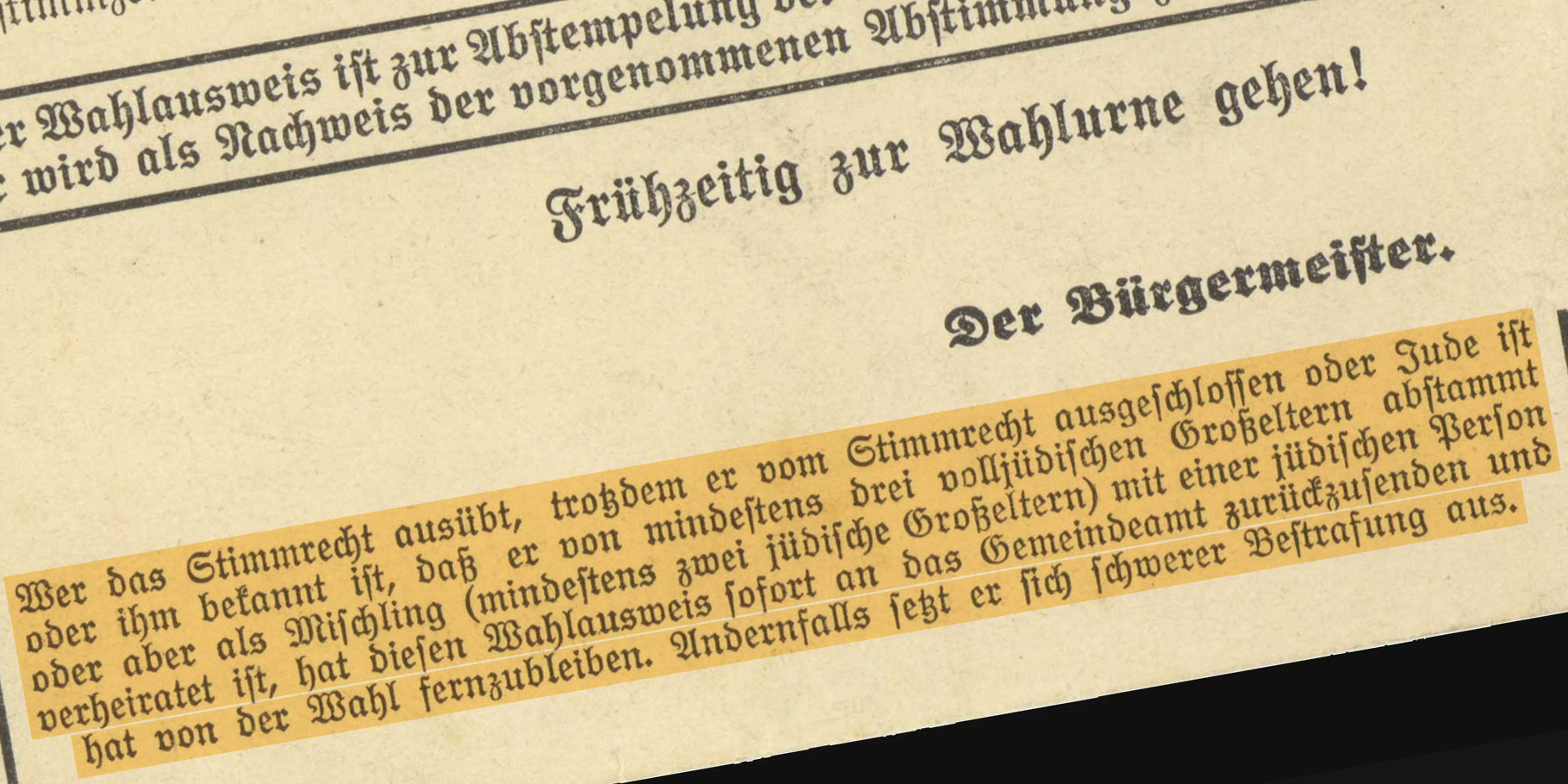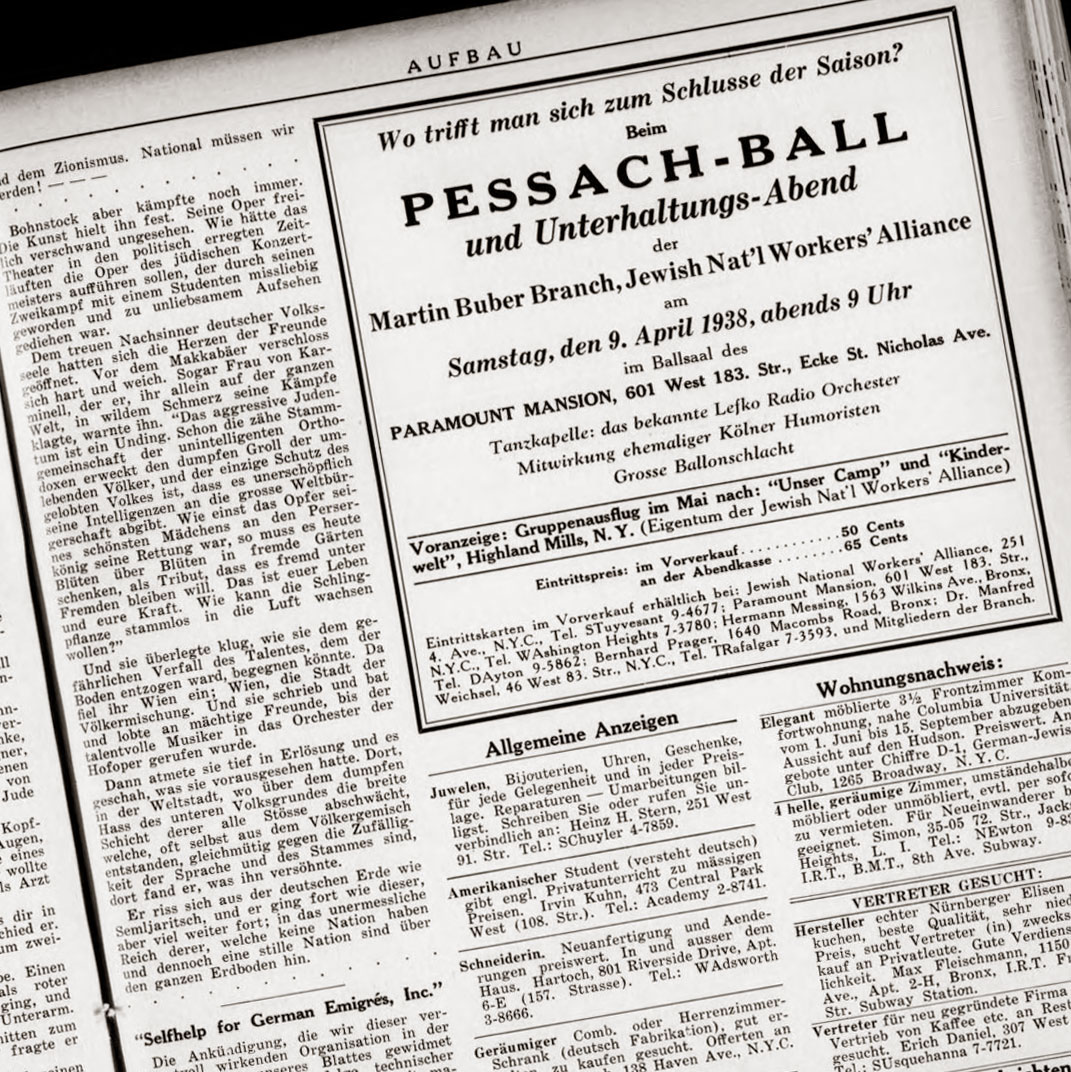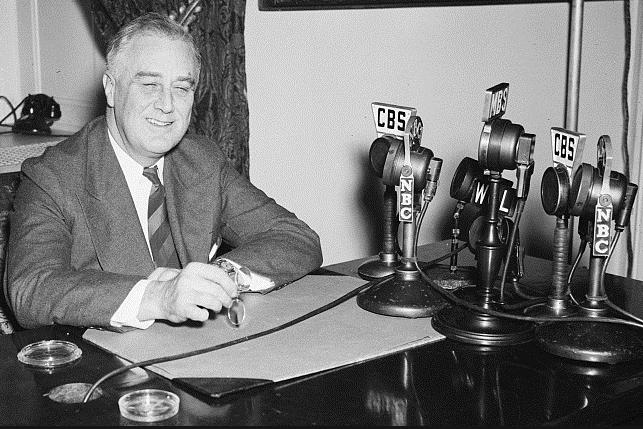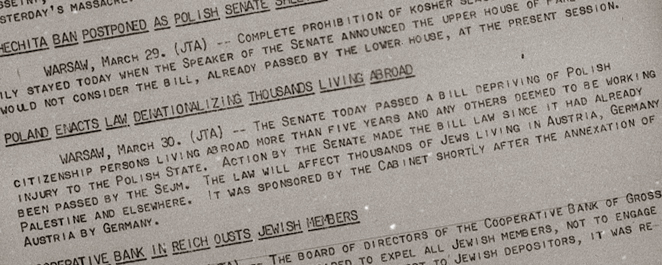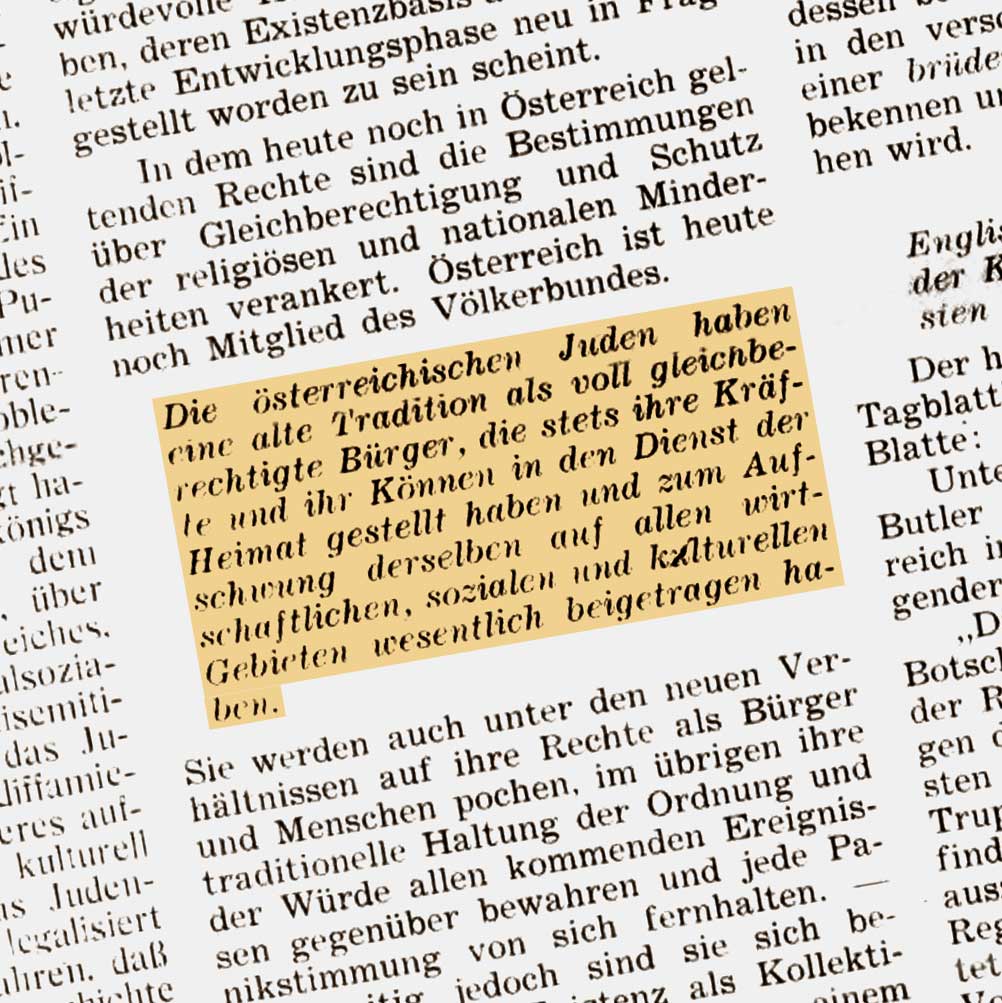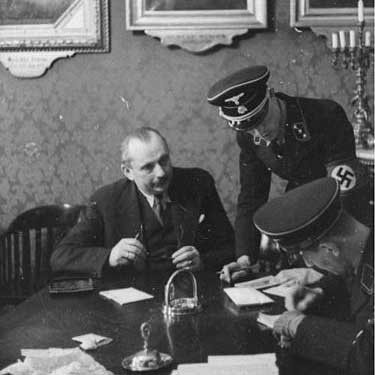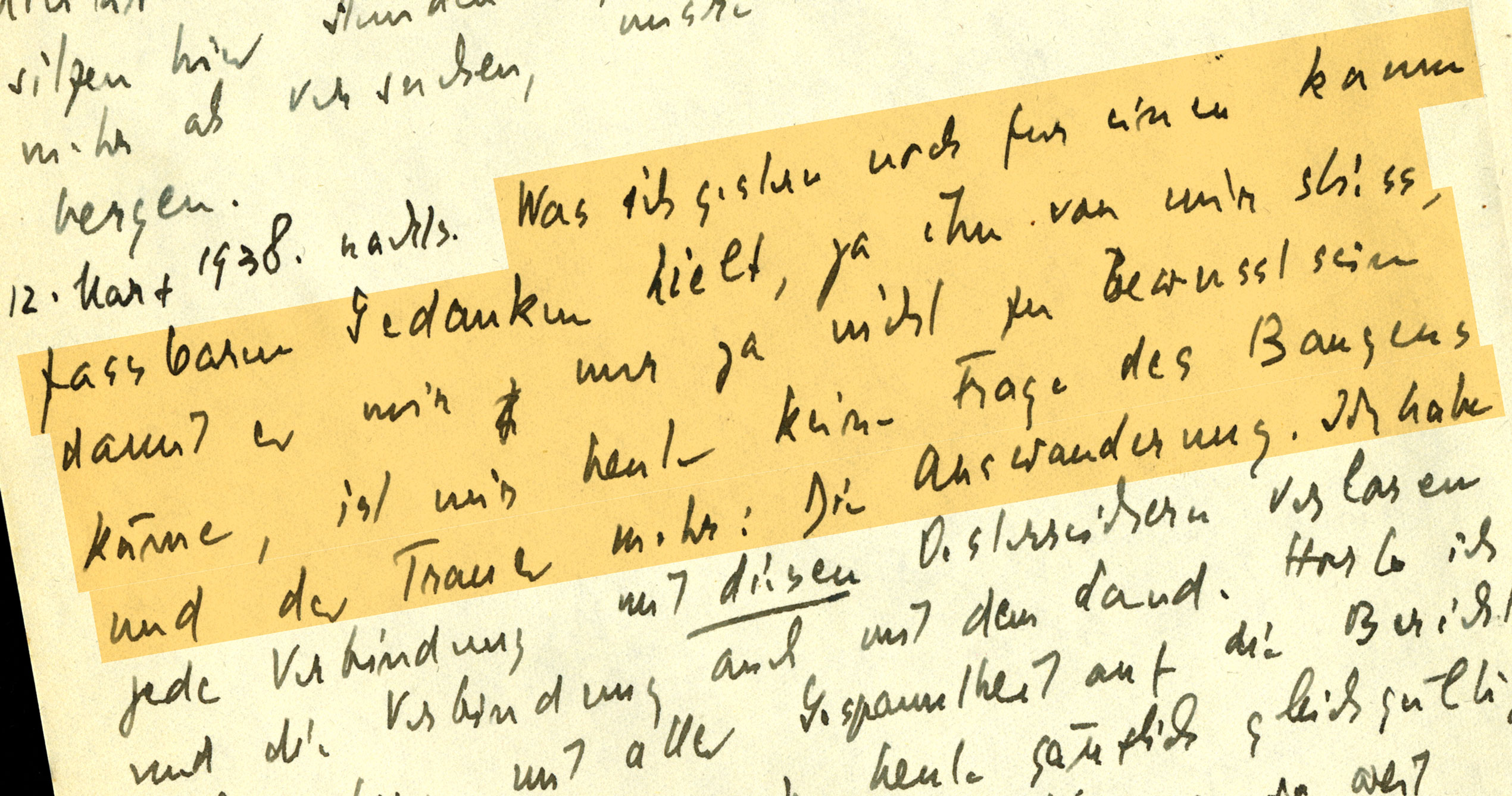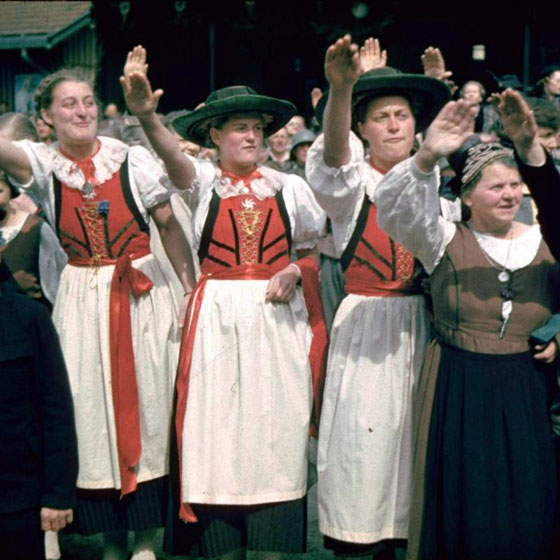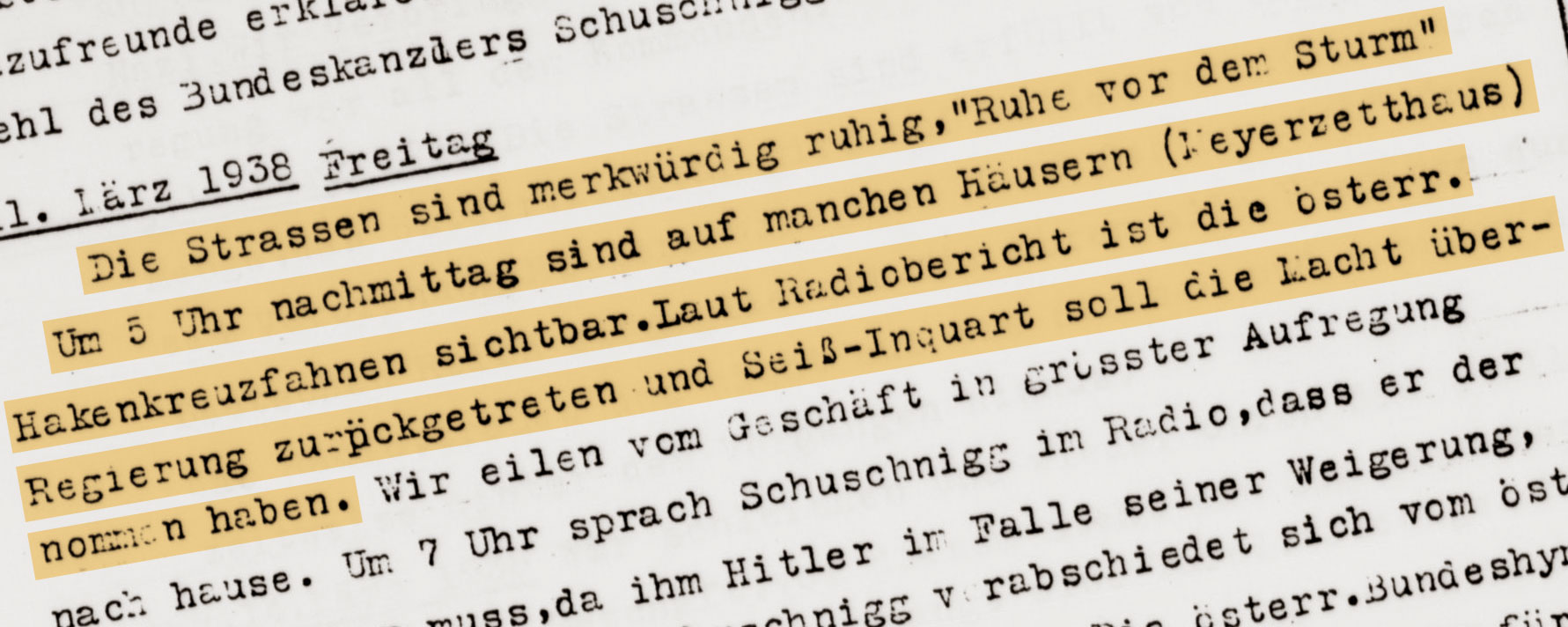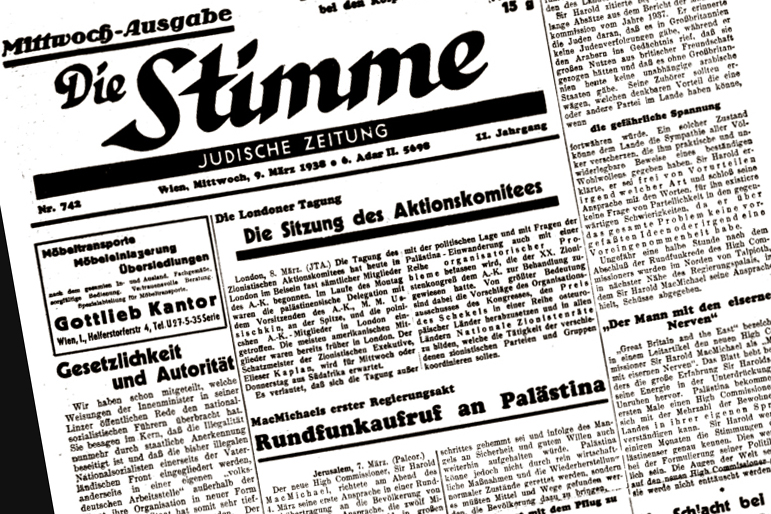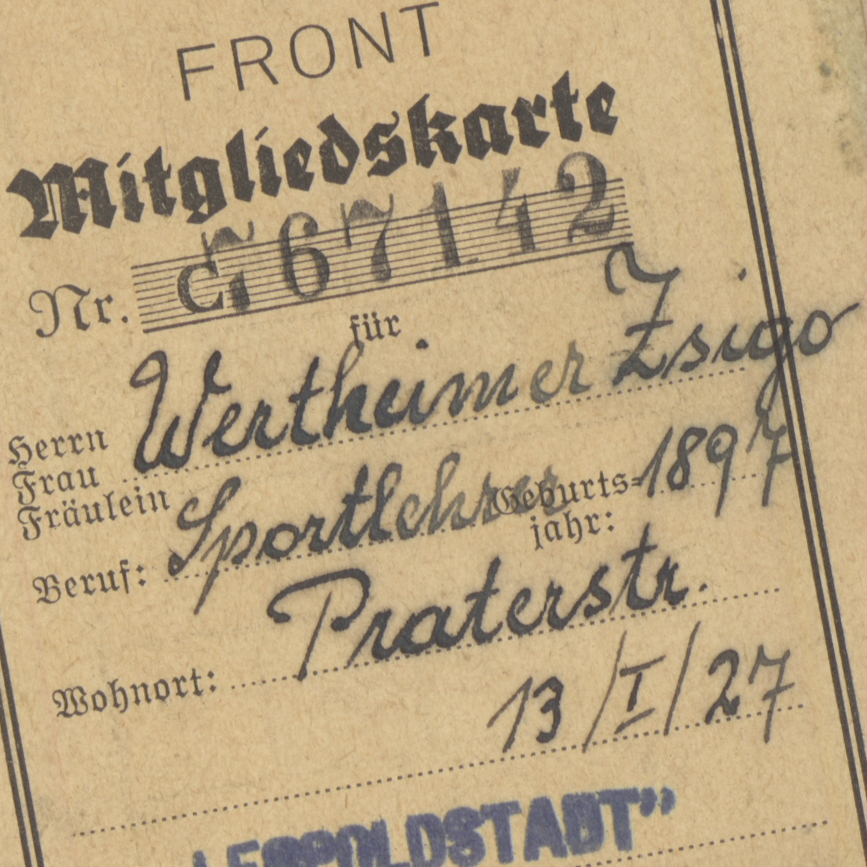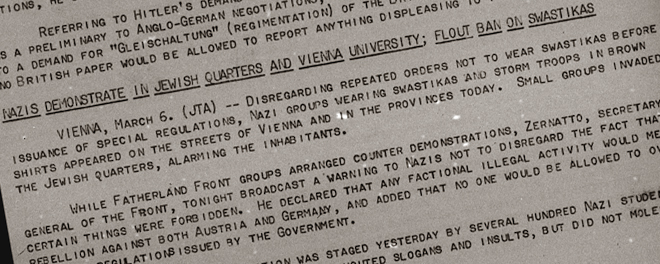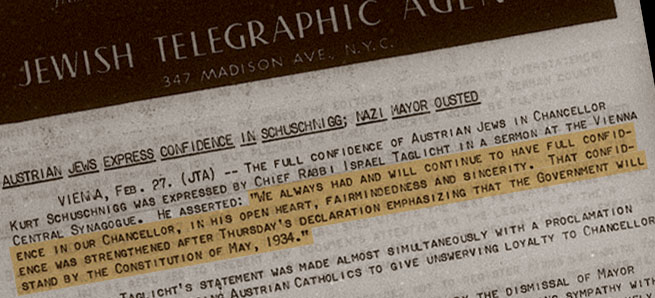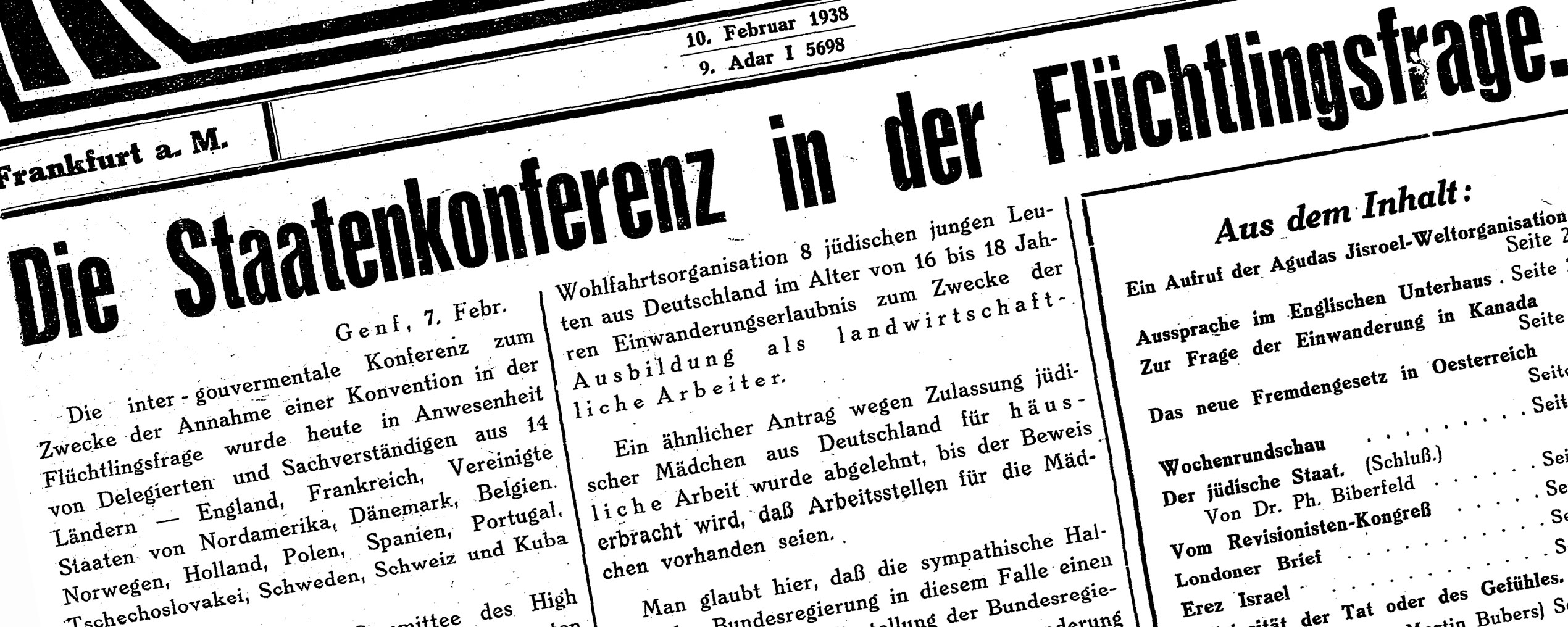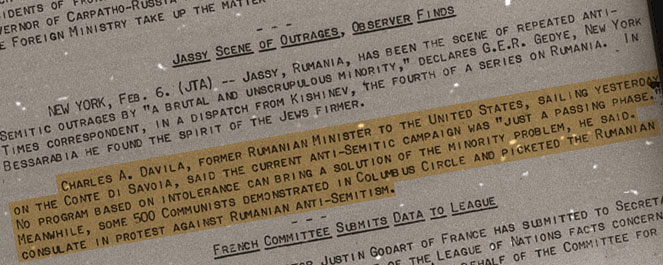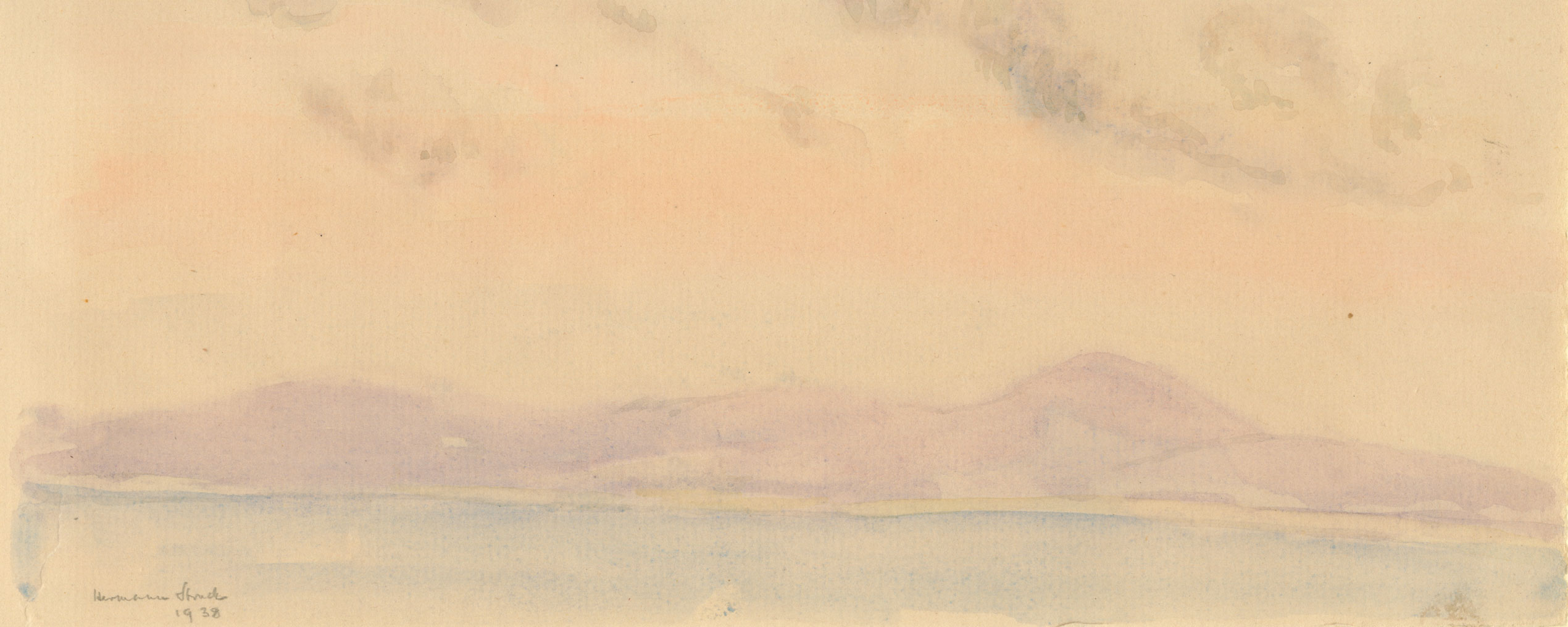Meet me in Geneva
Antisemitism in Italy means Rome is no longer a refuge
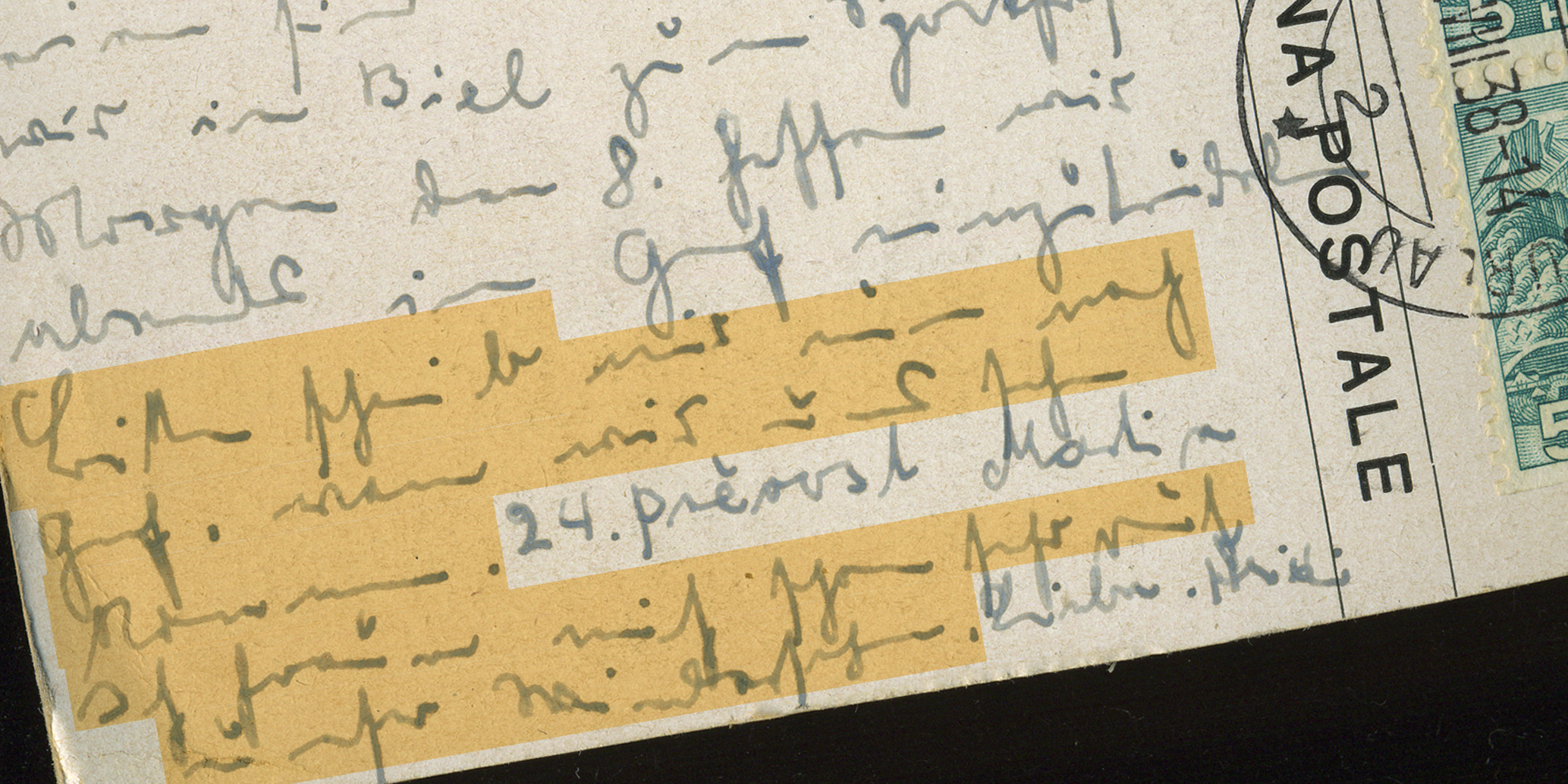
“Please write to me in Geneva about when we can see each other. I'm already looking forward to seeing you so much.”
Biel/Villars-sur-Ollon
Until 1933, her Jewishness barely played a role in the life of Anneliese Riess, a thoroughly secular student of classical archeology. Once the Nazis came to power, however, it became clear to her that as a Jew in Germany, there was no future for her. She decided to emigrate to Italy, where she obtained a doctorate (Rome, 1936). With slim chances of finding work in her field in Italy, the young woman enrolled in a rigorous class for childcare assistants in Geneva, Switzerland, in 1937. After surgery in June 1938, she spent several months in Villars-sur-Ollon. In July, the Directorate General for Demographics and Race was established in Italy to formulate the nation’s racial policies. Thus, Rome ceased to be a possible place of refuge. In the same month, Riess’s father had arrived in the US and was making efforts to arrange for her immigration. This postcard, dated August 7th and addressed to Anneliese in Villars, was refreshingly free of any reference to the precarious developments in Europe and provided the welcome prospect of meeting up with a friend amidst all the uncertainty.
SOURCE
Institution:
Leo Baeck Institute – New York | Berlin 
Collection:
Anneliese Riess Collection, AR 10019 
Original:
Box 1, folder 9



